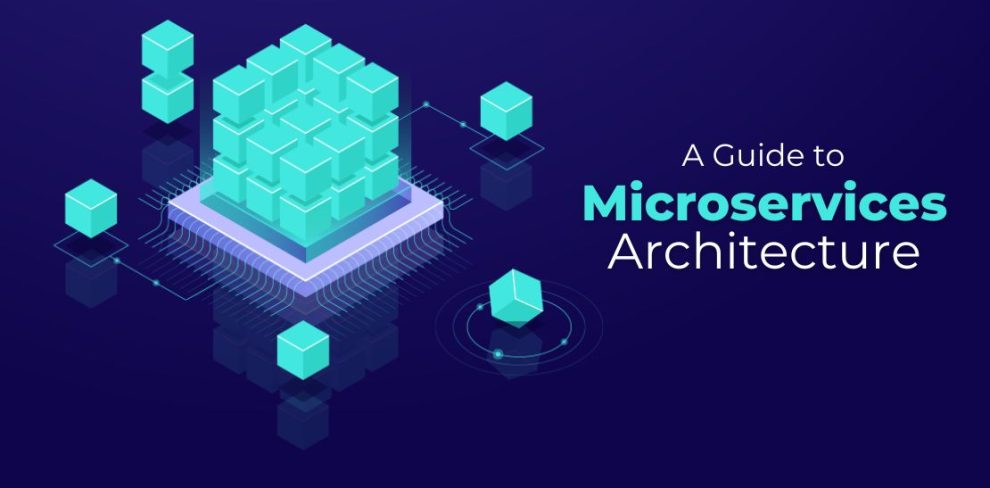In the bustling world of software development, where innovation sprints ahead at breakneck speed, microservices architecture has emerged as a game-changer. Ditching the monolithic behemoths of the past, microservices champions agility, resilience, and scalability – the holy trinity for modern applications. Let’s delve into the world of microservices and explore how they’re revolutionizing the way we build software.
Breaking Down the Monolith
Imagine a towering skyscraper – complex, interconnected, and vulnerable to a single point of failure. That’s the monolith, a traditional software architecture where all application functionalities are tightly woven together. A change in one component ripples through the entire system, causing headaches for developers and downtime for users.
Microservices flips the script, dismantling the monolith into a vibrant city of independent yet interconnected buildings. Each microservice, a self-contained unit handling a specific task, communicates with its neighbors through well-defined APIs. This modularity offers a plethora of benefits:
- Agility: Independent development and deployment cycles for each service mean faster updates and features, allowing you to innovate quickly and respond to changing needs.
- Resilience: A failing service doesn’t bring down the entire system. Other services remain unaffected, ensuring a smoother user experience and faster recovery.
- Scalability: Need more horsepower for a specific service? Simply scale it up without impacting others. This flexibility facilitates growth and adapts to dynamic workloads.
- Technology Diversification: Ditch the one-size-fits-all approach. Use the best language or framework for each service, unlocking the full potential of diverse technologies.
Building the City of Microservices
Creating a thriving microservices ecosystem requires careful planning and attention to detail:
- Decomposition: Identify clear boundaries for each service. Focus on single responsibility and loose coupling to avoid dependencies and foster autonomy.
- API Design: Build robust and well-defined APIs for seamless communication between services. API gateways can act as central hubs for managing traffic and security.
- Containerization: Package each service in a container, like a Docker image, for easy deployment and portability across different environments.
- Orchestration: Tools like Kubernetes help manage the lifecycle of containerized applications, automating deployment, scaling, and communication.
Beyond the Hype
While microservices offer undeniable advantages, they’re not a silver bullet. Challenges like increased complexity, distributed debugging, and inter-service communication need careful consideration.
The success of microservices architecture hinges on adopting the right mindset, prioritizing code quality, and implementing robust monitoring and logging systems.
The Future of Microservices
The future of software development shines bright with the microservices torch. As this architecture continues to mature and evolve, we can expect:
- Even greater emphasis on automation and tooling: Simplifying deployment, monitoring, and scaling will further reduce the operational burden.
- Integration with serverless computing: Serverless functions can seamlessly complement microservices architectures for event-driven workflows and cost-optimized solutions.
- Emergence of specialized platforms: Cloud providers and open-source communities will tailor tools and frameworks specifically for microservices development and management.
Conclusion
Microservices architecture isn’t just a technical trend; it’s a philosophical shift towards building modular, resilient, and adaptable software systems. By embracing this approach, developers can unleash their creativity, innovate faster, and build applications that thrive in the ever-evolving digital landscape.
















Add Comment